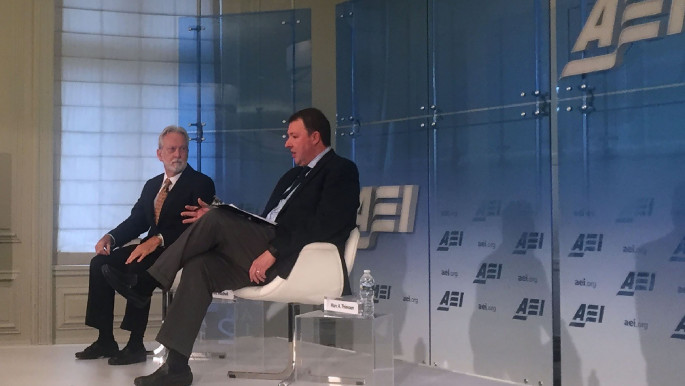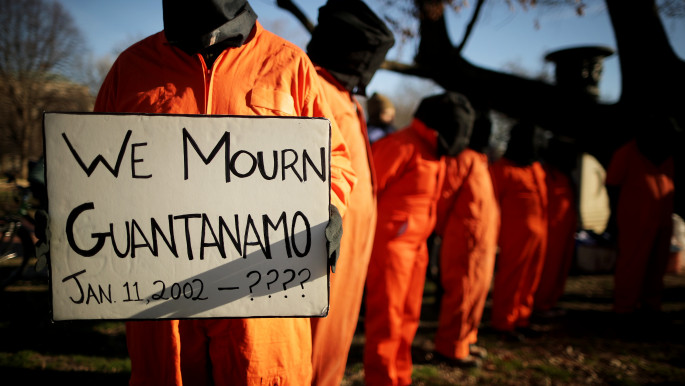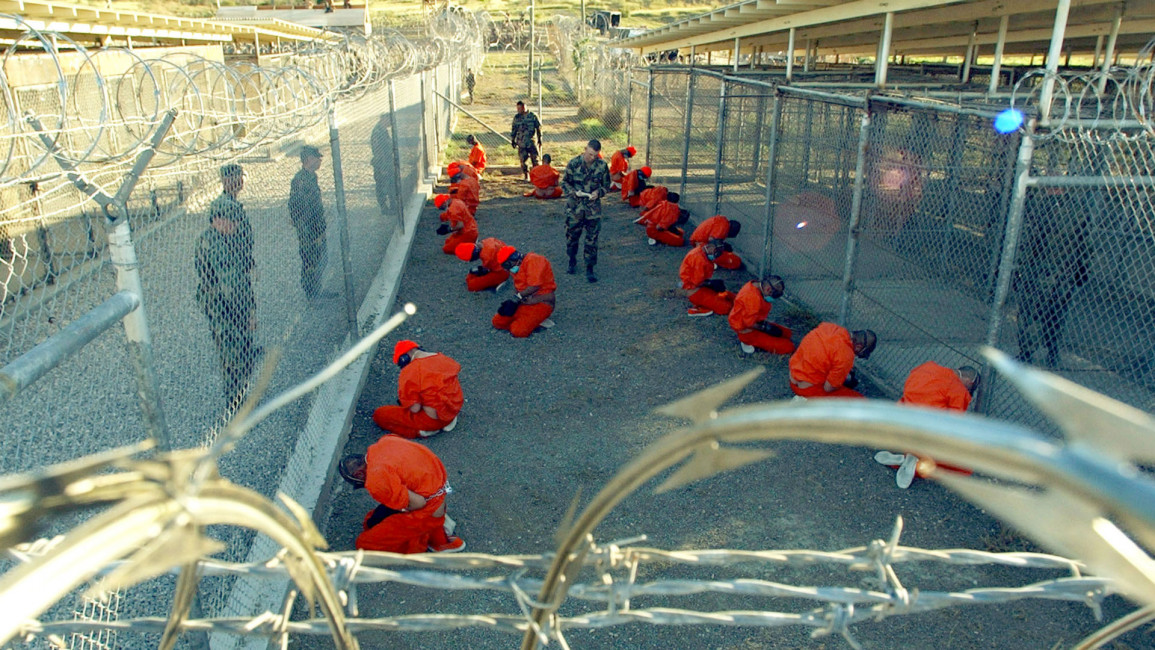Psychologist James Mitchell, who created CIA interrogation programme, complains of 'excessive waterboarding' at Guantanamo
Mitchell admitted the agency had what he called an "abusive drift" and used waterboarding far in excess of guidelines, as well as other unauthorised interrogation techniques.
Referred to as an "architect" of a torture programme that included waterboarding, Mitchell, 68, appeared before a military commission in the infamous prison and gave a detailed account of the 2002 decision to interrogate suspected Al-Qaeda leaders using techniques the US government - along with human rights groups across the world - now deem to be torture.
Joining him in the courtroom were five defendants, including Khalid Sheikh Mohammed, the self-proclaimed mastermind of the 2001 commercial plane attacks on New York and Washington.
Mohammed had been waterboarded a total of 183 times.
Walid bin Attash, Ramzi bin al-Shibh, Ammar Al-Baluchi, and Mustafa Ahmed al-Hawsawi sat on a bench behind him in the courtroom.
"We were trying to save American lives," Mitchell told the courts on the first day of what is expected to be at least a week of questioning, in which he will provide details about the CIA's interrogation programme, as well as what he said was the necessary "context" to understand it.
The CIA was the "tip of the spear" in the months after the 11 September 2001, terrorist attacks and was urgently trying to gather vital intelligence using techniques that had been authorised by the US government, the retired Air Force psychologist told the court.
 |
| Dr James Mitchell, left, wrote a book about his techniques [Getty] |
Mitchell said he had only agreed to testify there in service of the "victims and families" of 9/11.
"I didn't do it for you," he told the defence lawyer questioning him.
Mitchell, along with fellow psychologist Bruce Jessen developed an interrogation method that included intense sleep deprivation, confinement in a small box, prolonged shackling in "stress positions" and simulated drowning, or waterboarding as it became known.
The measures had been approved by the justice department in July 2002 under the George W Bush administration.
Torture or interrogation?
Critics say waterboarding and other methods Mitchell refers to as legitimate interrogation techniques do not produce results.
Read More: Stop Uighur internment camps or take the Olympics away from China
A Senate investigation in 2014 found that the interrogation programme, designed by Mitchell and Jessen, was used on 39 detainees and produced no useful intelligence.
Under a 2006 law that set up the military commission, any statements made by those being interrogated must be voluntary in order to be admitted into evidence. Lawyers say that everything the men had said while in CIA custody had been tainted by torture.
The lawyers defending the five men accused of planning and providing logistical support for the attacks are attempting to prevent the government from using statements the defendants gave to the FBI as evidence against them, in a war crimes trial set for next year.
Mitchell said that in order to come up with the programme, he had reverse-engineered a course he created and gave to US armed services to help them withstand enemy interrogation, called Survival, Evasion, Resistance, Escape (SERE).
The retired psychologist criticised an unnamed CIA senior official for what he called an "abusive drift".
"When people are left to make up coercive measures, it tends to escalate over time," Mitchell said. "They dehumanise the detainees. They think they are justified in using a higher level of pressure. They think: If a little is good, a lot is better."
|
In one case, Mitchell said an official "hurt" detainees until they told him what they want to know, and then hurt them more to see if they are lying. This is an unauthorised technique, he said.
'Imminent threat'
The CIA, Mitchell said, feared "another catastrophic attack", possibly involving nuclear weapons, and was trying to stop it.
"My sole focus was stopping the next attack," he said
"The CIA was never interested in prosecution," he told the court, according to reporting by Guardian.
"They were going to go right up to the line of what was legal, put their toes on it, and lean forward."
Mitchell, who for a time took part in administering the interrogation techniques himself, said he was recruited by the CIA in 2002 first to observe how the agency used coercive measures, and then streamlined and applied them in a way that stayed within the legal lines, he says.
"“What I was told was: 'The gloves were off'," Mitchell said.
"They were going to use some form of physical coercion... My concern was that they were going to make it up on the fly."
He was invited to a meeting after it was announced that a leading Al-Qaeda suspect, Abu Zubaydah, had been captured in Pakistan.
 |
| Demonstrators demanding the closure of Guantanamo Bay, 2019 [Getty] |
He was asked to observe Zubaydah's interrogation by the CIA, and then later asked to carry out the "enhanced" interrogations himself, which he said he did reluctantly, adding that protecting American lives was more important than the "temporary discomfort of terrorists".
Mitchell and Jessen were paid $81 million for their work, according to the Senate report.
The five suspects have been in pre-trial since May 2012, and the trial is not set to start until 2021.
Two years ago Trump suggested reinstating torture as an interrogation technique and the UN Special Rapporteur on torture, Nils Melzer said: "Without any doubt, waterboarding amounts to torture."
"This testimony marks a critical moment for reckoning with the torture committed in the American people's name," said ACLU staff attorney Dror Ladin.
"Mitchell and Jessen, along with collaborators in the US government, are responsible for shameful cruelty that the CIA is still trying to cover up."


![President Pezeshkian has denounced Israel's attacks on Lebanon [Getty]](/sites/default/files/styles/image_684x385/public/2173482924.jpeg?h=a5f2f23a&itok=q3evVtko)



 Follow the Middle East's top stories in English at The New Arab on Google News
Follow the Middle East's top stories in English at The New Arab on Google News


